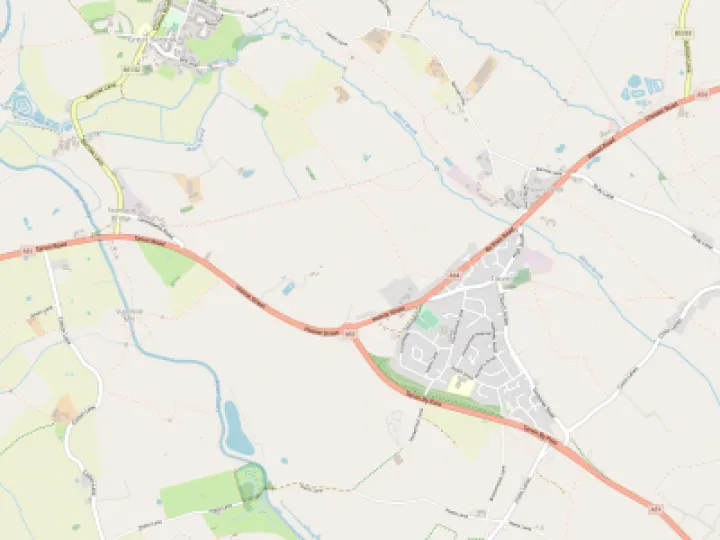This article could be about an angler who cannot spell!
However its a reminder about the really irritating and potentially costly acts that quite often spoil our internet surfing.
Phishing scams attempt to trick people into providing sensitive personal information such as credit card or banking details. In order to carry out this trick, the phishing scammers send a fraudulent email disguised as an official request for information from the targeted company.
Generally, they also create a "look-a-like" website that is designed to closely resemble the target company's official site. The fake website may appear almost identical to the official site. Style, logos, images, navigation menus and other structural components may look the same as they do on the genuine website.
If I have any suspicions about an email that may be a hoax then I usually turn to a website called hoax-slayer. This website has an excellent directory of spams of all types and tells you how they should be treated. The website is updated every week with the latest scams.
Recipients of the scam email are requested to click on an included hyperlink. Clicking this link will cause the fake website to open in the user's browser. Once at this fake website, the user may be presented with a web form that requests private information such as credit card and banking details, and other account data such as a home address and phone number. Often, the visitor is requested to login using his or her username and password. All information entered into this fake website, including login details, can subsequently be collected and used at will by the criminals operating the scam.
A variation of the scam involves using an embedded form within the bogus email itself. Victims are instructed to enter details such as a password and bank account number into the form provided and return the email to the sender. Another variation attempts to trick recipients into installing a trojan on their computer, either by opening an email attachment or downloading the trojan from a website. The scammers can then use the trojan to collect information from the infected computer. The scam emails are randomly mass-mailed to many thousands of Internet users in the hope of netting just a small number of victims. The majority of people who receive these scam emails will probably not even be customers of the targeted institution. However, the scammers rely on the statistical probability that at least a few recipients will:
1. Have accounts with the targeted institution.
2. Will be unaware of such scams and believe the email to be a legitimate request.
The scam can prove to be a lucrative exercise for the scammers even if only a very small percentage of recipients ultimately become victims.
A version of this that keeps coming in my email is the following supposedly from BTIMG(63236,M,R,1)
Quick Links
Get In Touch
TarvinOnline is powered by our active community.
Please send us your news and views.






